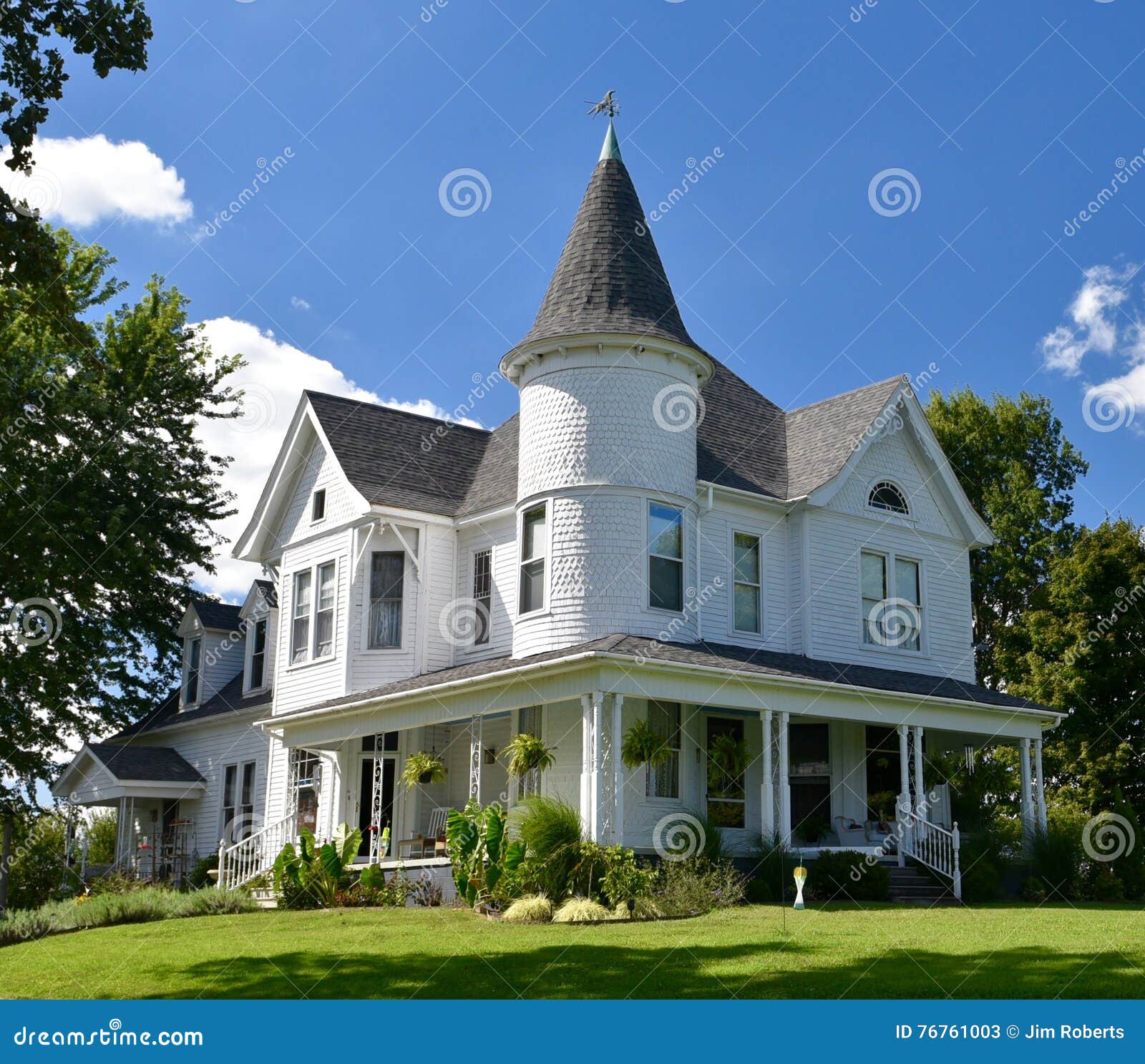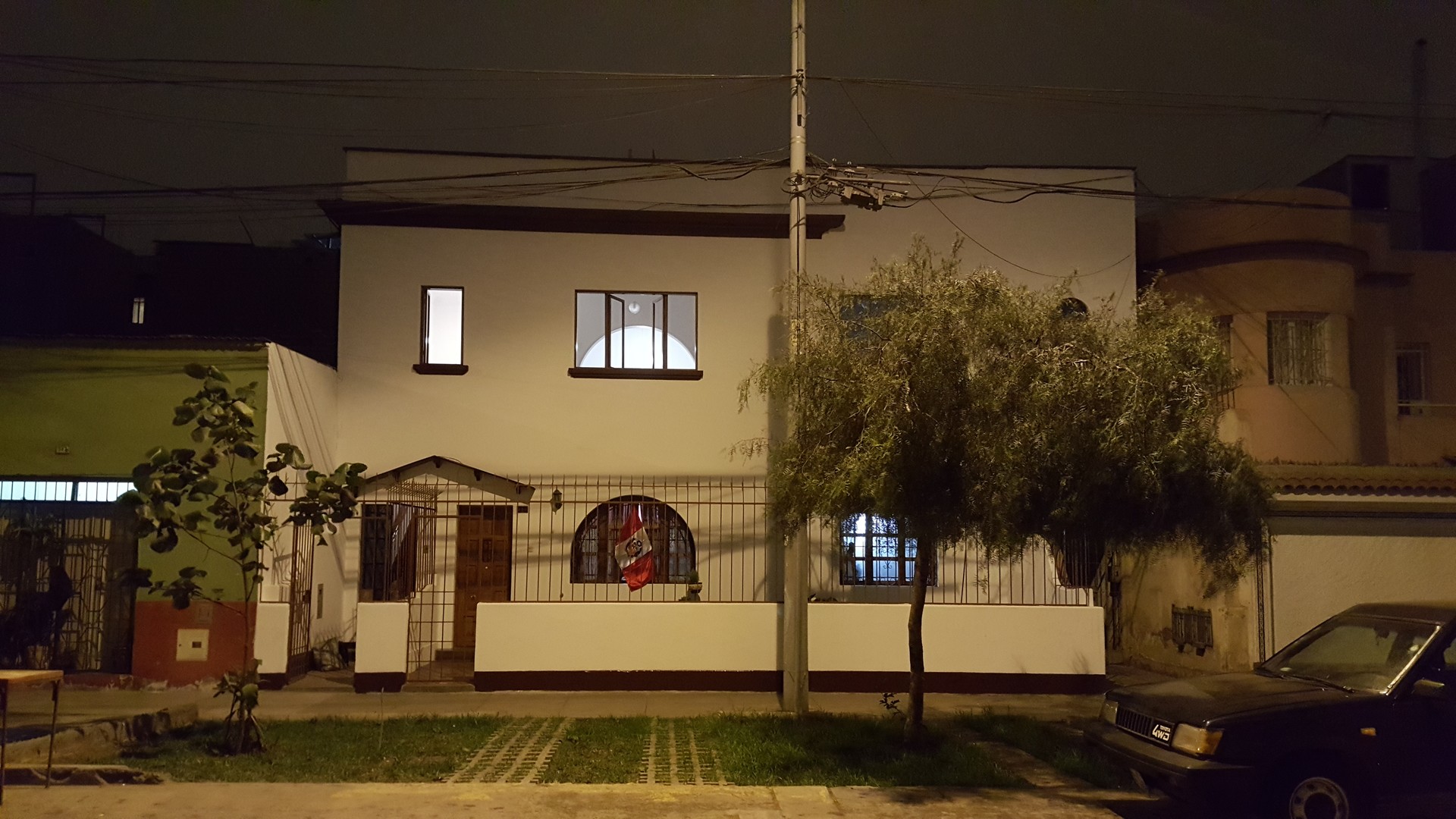Table Of Content

President Bill Clinton briefly revived the New Year's Day open house in his first term. The Neoclassical design of the White House is based primarily on architectural concepts inherited from the Roman architect Vitruvius and the Venetian architect Andrea Palladio. Nine proposals were submitted for the new presidential residence with the award going to Irish-American architect James Hoban.
WATCH: White House holds news briefing ahead of ‘Big 4’ debt ceiling meeting with Biden - PBS NewsHour
WATCH: White House holds news briefing ahead of ‘Big 4’ debt ceiling meeting with Biden.
Posted: Tue, 09 May 2023 07:00:00 GMT [source]
Historical accessibility
The White House is owned by the National Park Service, which also maintains the grounds. Congress grants each president a stipend to cover changes to the Oval Office and the first family’s private residence, but some POTUSes —including Ronald Reagan and Barack Obama—have opted to use their own money. A small East Wing was first added in 1902 as an entrance to the White House.
Biden is giving $6 billion to Micron for a semiconductor project in upstate New York
The following year, the cornerstone was laid and a design submitted by Irish-born architect James Hoban was chosen. After eight years of construction, President John Adams and his wife Abigail moved into the still-unfinished residence. During the War of 1812, the British set fire to the President’s House, and James Hoban was appointed to rebuild it. James Monroe moved into the building in 1817, and during his administration, the South Portico was constructed. In 1829, Andrew Jackson oversaw the addition of the North Portico. Various proposals were put forward during the late 19th century to significantly expand the President’s House or to build an entirely new residence, but these plans were never realized.
Entrance Hall and Grand Staircase
Every president since John Adams has occupied the White House, and the history of this building extends far beyond the construction of its walls. The White House remains a place where history continues to unfold. Though some presidents have chosen to do day-to-day work in a smaller study just west of the Oval Office, most use the actual Oval Office for work and meetings. Traffic from the large numbers of staff, visitors, and pets over time takes its toll.
Center Hall, East Sitting Hall, and Grand Stair
Today’s structure was built in 1942 and sits atop the Presidential Emergency Operations Center. The two-story East Wing houses the office spaces of the first lady and her staff. The central Executive Residence is home to the president’s living spaces and the State Rooms. The ground floor originally housed service areas, but now includes the Diplomatic Reception Room, the White House Library, the Map Room, the Vermeil Room, and the China Room. The State Floor features some of the White House’s most treasured spaces, including the East Room, the Blue, Red, and Green Rooms, the State Dining Room, and the Family Dining Room.
Theodore Roosevelt removed the Victorian decor accumulated over the past 30 years and returned to its federal roots with some Georgian elements. The first “west and east wing” were built, and the staff was relocated. At the suggestion of George Washington, the Irish-born architect James Hoban traveled to the federal capital and submitted a project.
The White House and its landscaped grounds occupy 18 acres (7.2 hectares). Since the administration of George Washington (1789–97), who occupied presidential residences in New York and Philadelphia, every American president has resided at the White House. Originally called the “President’s Palace” on early maps, the building was officially named the Executive Mansion in 1810 in order to avoid connotations of royalty. Although the name “White House” was commonly used from about the same time (because the mansion’s white-gray sandstone contrasted strikingly with the red brick of nearby buildings), it did not become the official name of the building until 1901, when it was adopted by Pres. The White House is the oldest federal building in the nation’s capital. Our first president, George Washington, selected the site for the White House in 1791.
Presidents generally decorate the office to suit their own personal tastes, choosing furniture and drapery and often commissioning oval carpets. Artwork is selected from the White House collection, or borrowed from museums for the president's term. During the conflict between the United States and the United Kingdom, which happened in 1812, the British army managed to burn down the White House leading to massive destruction of the interior design of the building and charring much of the exterior. The Cabinet Room, as its name implies, is where the president meets with members of his cabinet, and the Roosevelt Room, where Theodore Roosevelt's office was located, serves as a general-purpose conference room.
Palace of State: The Eisenhower Executive Office Building

The Ground Floor, State Floor, and residence floors of the White House are approximately 55,000 square feet. The White House is both the home and workplace of the president of the United States, and it is the headquarters of the president’s principal staff members. The White House has six floors, two of which are below ground level. The ground floor houses the West Wing, which includes the Oval Office and the Situation Room (among other rooms).
The White House is 168 feet long and 85.5 feet wide (or 152 feet, if you include its porticoes), with a total floor space of about 55,000 square feet. James Hoban learned carpentry in Ireland before immigrating to the U.S. to pursue a career as an architect. He designed the original White House, and he also spearheaded its reconstruction after the fire during the War of 1812. Construction began in October of 1792 with the laying of the first cornerstone. The building was constructed between 1792 and 1800 using Aquia sandstone from the Government Island quarry (also a supplier of stone for the exterior of the US Capitol), bricks made in kilns near the site, and lumber from forests in Maryland and Virginia. Located at the country’s most well-known address, 1600 Pennsylvania Ave in Washington, DC, the White House is America’s most iconic home.
Construction began on October 13, 1792, when the cornerstone was laid, and although Washington never lived in the presidential house, he supervised its construction. Most of the work was done by African Americans, some free, others enslaved. Open to the public for free, the White House reflects the nation’s history through the various collections and characters that each of its residents has left on its walls, serving as a global symbol of the American Nation. Jacqueline Kennedy, wife of President John F. Kennedy (1961–63), directed a very extensive and historic redecoration of the house. The second president of the United States, John Adams, moved into the still-unfinished presidential mansion on November 1, 1800.
This location was selected by the founding father of the United States, George Washington, although he never got to live in it. The White House has six stories and 55,000 square feet of floor space containing 132 rooms. Over the years, the executive mansion has seen multiple renovations, including extensive work by Theodore Roosevelt in 1902, which included the installation of electric lights. In 1948, after engineers discovered the building to be structurally unsound and unsafe for habitation, Harry S. Truman ordered a complete gutting of the interior and a total overhaul of the building's structure and foundation.

No comments:
Post a Comment